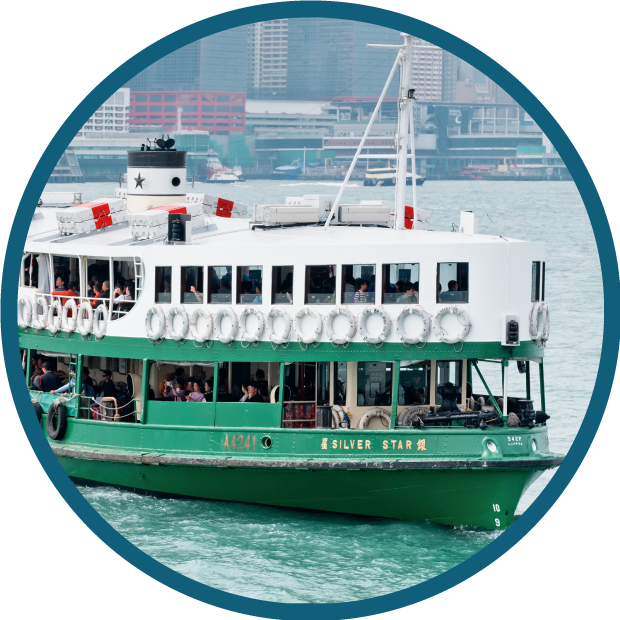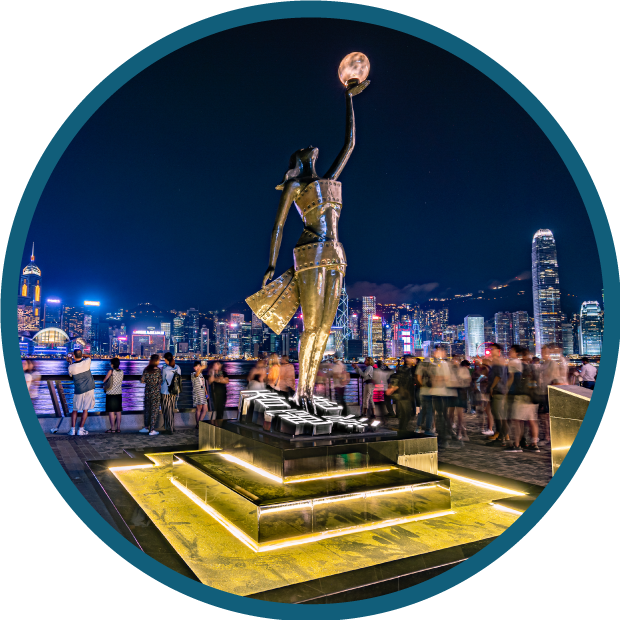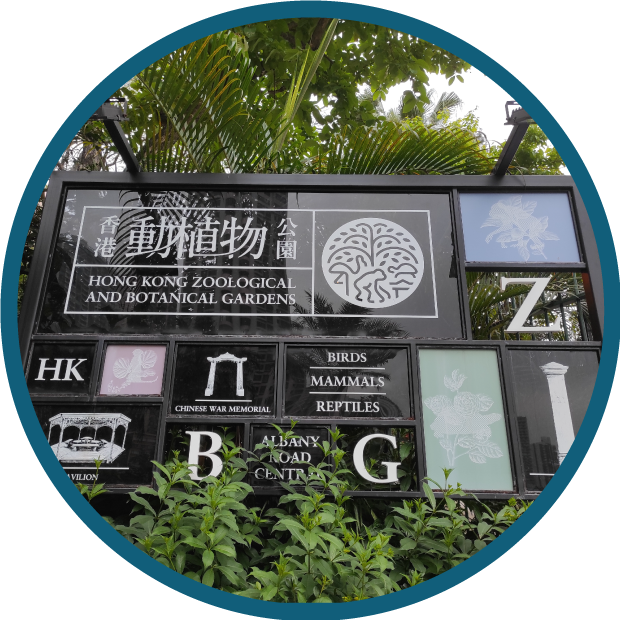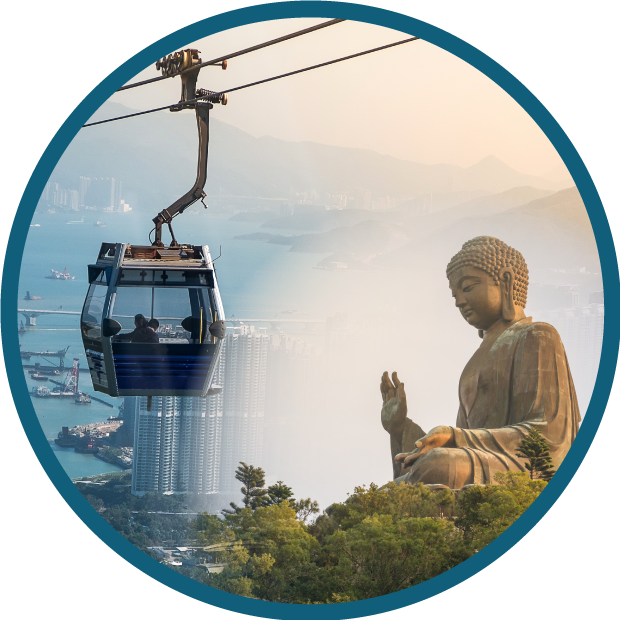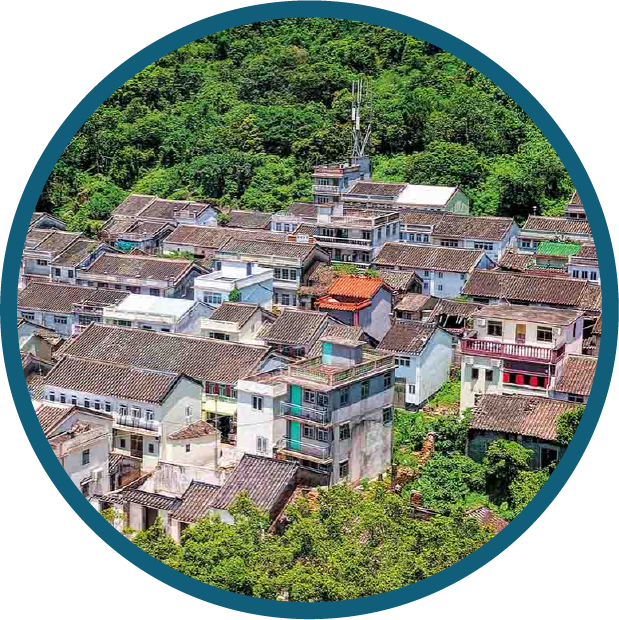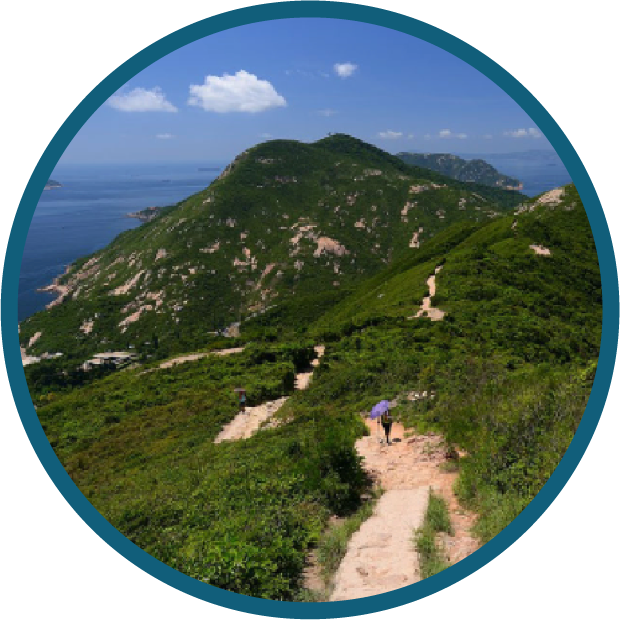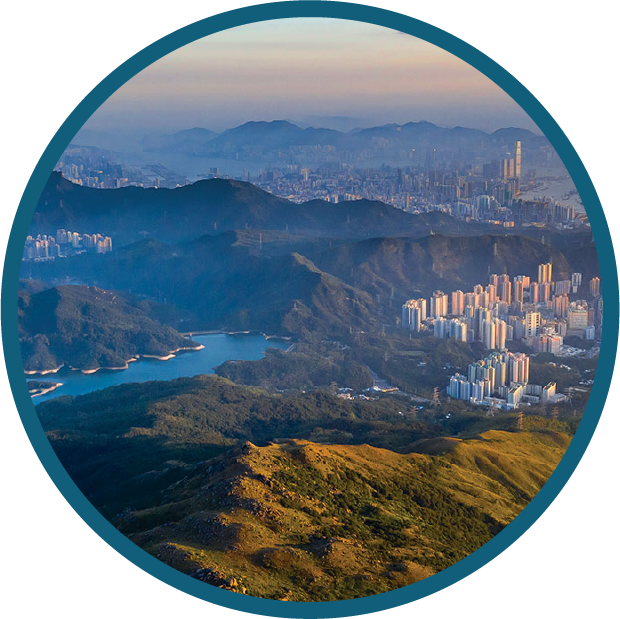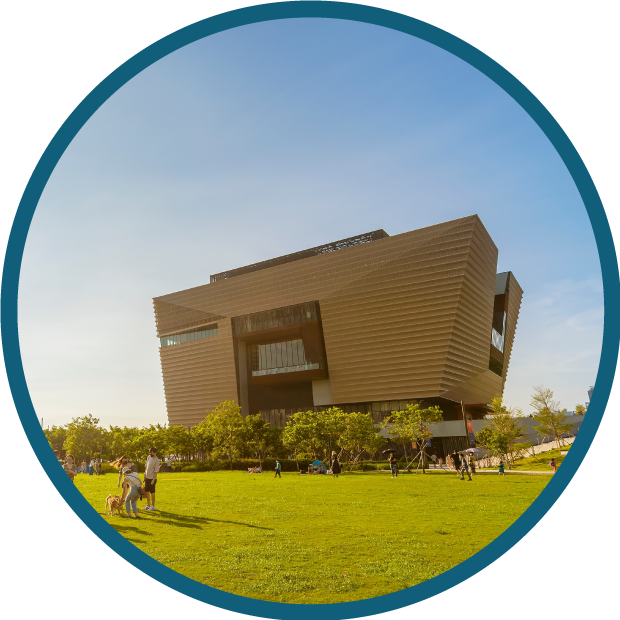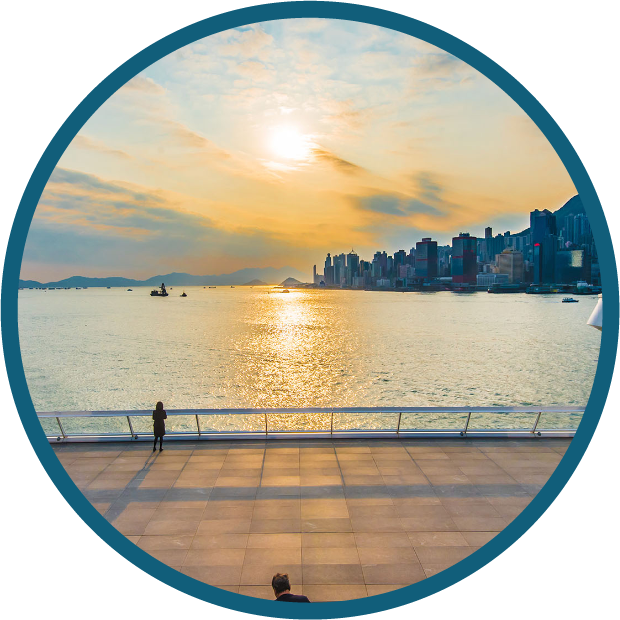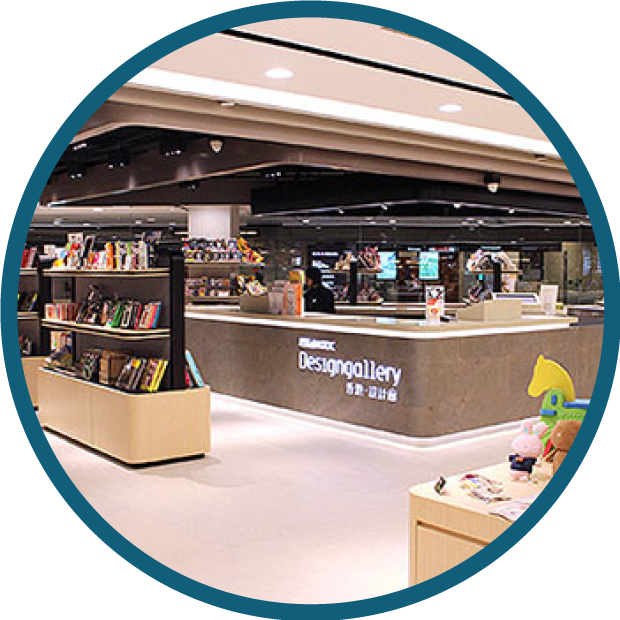A Taste of the City
“Ding ding” and TramOramic Tour
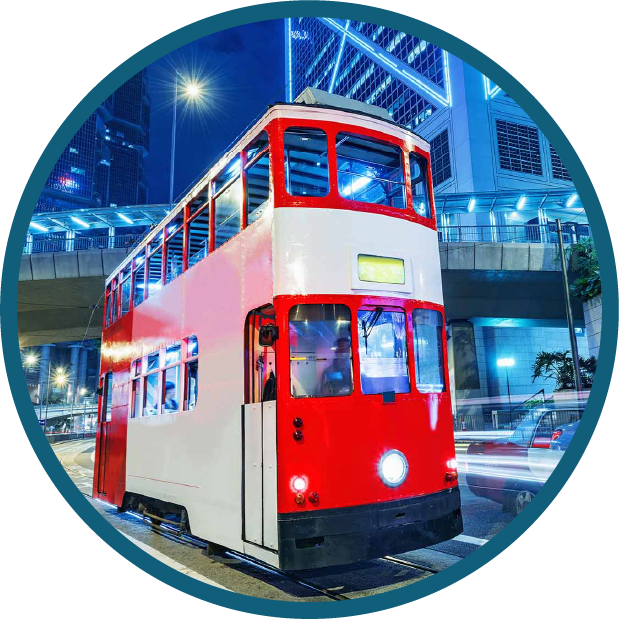
The Hong Kong tram, affectionately known by locals as the ‘Ding Ding’, is a unique form of transportation found on the bustling streets of Hong Kong Island. A ride on the beloved tram ― also an iconic symbol of Hong Kong ― is a journey through the city’s rich history, culture and everyday life. In this guide, find everything you need to know about the tram, including fun facts and three popular tram routes for the ultimate local adventure. Hong Kong Tramways operates a total of six routes that run along Hong Kong Island’s northern coastline, spanning from Shau Kei Wan to Kennedy Town, with numerous tram stops in between. If you want to visit popular districts such as Sheung Wan, Central, Admiralty, Wan Chai and Causeway Bay, the tram is an ideal mode of transportation.
The TramOramic Tour is a one-hour sightseeing journey aboard a 1920s-style open-top tram takes you from Sheung Wan to Causeway Bay. Accompanied by comprehensive audio guides with multiple languages, you will gain in-depth insights into the city’s story and history. That’s not all; you will receive a two-day tram pass after the tour ― perfect for exploring Hong Kong at your own pace.
Star Ferry boats have been transporting passengers from Hong Kong Island to Kowloon and back for over a century and offer a unique vantage point on the city’s beautiful harbour.
The Star Ferry is unique and distinctive, and the materials are timeless, too. Brass, teak, wax and canvas details have all aged, oxidised and weathered gracefully, despite their proximity to the water and the elements, lending grandeur to the ferries’ enduring heritage and transforming them into classic symbols of the city.
You can feel the excitement even before you reach the track. As the sun plunges below the horizon on Wednesday evening, betting parlours around the city begin to fill up in anticipation of the night’s races. Trams round the bend into Happy Valley Racecourse, flocking to the bright lights like moths to a flame.
And the lights are certainly dazzling. Dozens of high-powered lamps cast an electric glow over Hong Kong’s oldest racetrack. At ground level the hubbub of the crowd is deafened by the sound of pounding of hooves and excitable loud-speaker commentary. Happy Valley is a piece of living history that has been around for nearly as long as the city itself, and during the racing season, from September to July, its lively Wednesday night races have made it a mid-week destination, even for those who don’t have a clue how to fill out a betting slip.
Avenue of Stars in Hong Kong is an attraction that pays tribute to some of the region’s most celebrated names in the movie industry and is set amidst breathtaking views of Victoria Harbour.
Originally modelled on Hollywood’s Walk of Fame, the storied promenade that wraps around Tsim Sha Tsui’s southern border is where you’ll find Hong Kong’s biggest entertainment stars immortalised via celebrity handprints and statues. Reopened in 2019 following an extensive redesign led by landscape architect James Corner, the Avenue of Stars is a celebration of the city’s artistic offerings and elemental aesthetics.
A Taste of Nature
The Hong Kong Zoological and Botanical Gardens
The Hong Kong Zoological and Botanical Gardens is the oldest park in the territory. Built in 1860 and partially opened in 1864, they were completed in 1871. The gardens, with an area of 5.6 hectares, are divided into eastern and western parts by Albany Road. These are connected by a pedestrian subway. The eastern part, known as the Old Garden, comprises the children’s playground, aviaries, a greenhouse and the fountain terrace garden. It is also home to birds such as the American flamingo, Bali mynah, Hawaiian goose and red-crowned crane. The western part, or the New Garden, is mainly home to mammals, including the Bornean orangutan, buff-cheeked gibbon, emperor tamarin and raccoon, as well as reptiles like the elongated tortoise and spurred tortoise.
Ngong Ping 360 and the Big Buddha
Start your Lantau adventure on a 25-minute crystal cabin cable car ride. The glass bottom will bring you a novel, unobstructed angle to appreciate the stunning views of the Hong Kong-Zhuhai-Macao Bridge and the Big Buddha. Step off at Ngong Ping Village, full of Chinese character, to sample local snacks, shop for special gifts and indulge in multimedia and interactive attractions. The Big Buddha, the world’s second largest outdoor seated bronze Buddha statue, is only minutes away from the Village. Climb 268 steps to the base for a closer look at the 34-metre-tall statue and its surrounding verdant, mountain terrain. Conclude your Lantau cultural trip by visiting the century-old Po Lin Monastery, situated right next to Big Buddha.
Lai Chi Wo Rural Cultural Landscape was awarded UNESCO's Special Recognition for Sustainable Development for its pioneering approach to rural sustainability, upholding economic, social and environmental dimensions in the holistic rejuvenation of the historic Hakka agricultural settlement using nature-based solutions.
This ancient Hakka village in the New Territories is now praised for its revived feng shui woodlands, restored God of War temple, and lush mangrove habitat. About 60,000 square metres of abandoned farmland was transformed, making Lai Chi Wo a model for eco-agriculture and community revitalisation. Visitors can now explore the village's thriving agricultural practices, with residents growing a variety of organic produce such as winter melons, turmeric, ginger, herbs and even coffee beans.
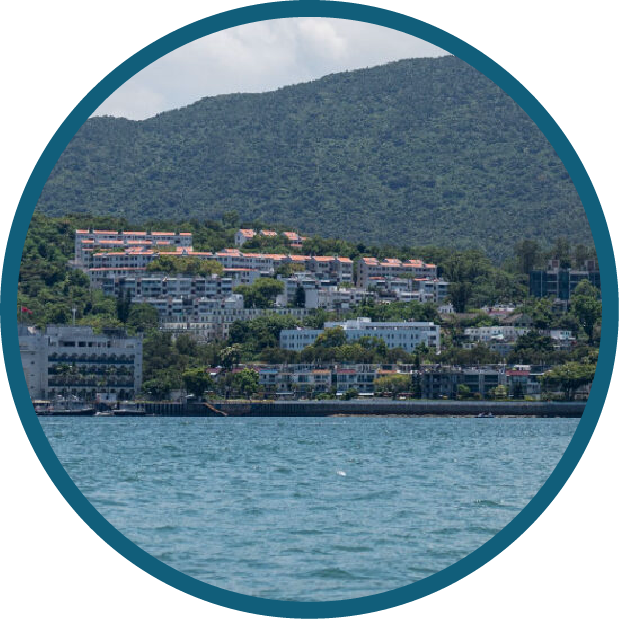
The second-largest area in Hong Kong in terms of landmass, Sai Kung is dubbed the ‘back garden of Hong Kong’, known for its fishing villages, beautiful scenery, hiking trails, beaches and islands, geological formations and low-key lifestyle. In summer, expect to see groups gathered at the pier waiting to board boats for a quintessential Hong Kong experience — a junk trip.
To truly know Sai Kung, however, you need to get out of its urban zone and hit its nature trails. Most of the area is covered in country parks, from the Hong Kong UNESCO Global Geopark to Sai Kung Country Park East and West. These verdant green spaces are a major reason why Sai Kung has remained unspoiled by urbanisation — the parks are reserved for nature conservation. There’s also Hoi Ha Wan Marine Park, which is protected by law, and the start of the renowned 100-kilometre MacLehose Trail is found in Sai Kung too.
Just as its seafood restaurants serve up a variety of dishes that’ll satisfy all seafood lovers, the hiking in the area is accessible to beginners and experts alike: stroll along the High Island Reservoir, or attempt the towering Sharp Peak. And at only 30 to 60 minutes away from the city centre via bus or taxi, spending a day or two discovering one of the region’s most striking green areas is much easier than you think.
Deemed one of the best hikes in Hong Kong by Lonely Planet, Dragon’s Back got its name from its undulating ridge that resembles a dragon’s backbone. The ridge slopes steeply down to sea level, revealing stunning views of the ocean and nearby isles. The trail ends at Big Wave Bay Beach, which makes a great spot for sunbathing and taking a dip in the cooling sea in the summer.
Standing at an altitude of 957 metres above sea level, Tai Mo Shan is the perfect place to watch the sunset and, if conditions allow, a sea of clouds. The mountain takes on different colours through the four seasons: cherry blossoms and wild lilies bloom in spring and summer, whereas golden miscanthus thrive in autumn and winter. Although Tai Mo Shan’s summit is currently closed to the public, there are still a lot of places to camp and watch the sunset.
A Taste of Culture and History
The Blue House clinched the highest recognition of the UNESCO Asia-Pacific Awards for Cultural Heritage Conservation with the Award of Excellence, honoured for its successful revitalisation efforts that safeguarded both the architecture and the living heritage of the local community. Formerly a pre-war traditional tong lau tenement building, this 1922 structure has been transformed into a vibrant community space that celebrates the area’s rich history and culture.
Visitors can now step back in time and immerse themselves in the city’s past at the Hong Kong House of Stories or explore a variety of engaging arts and culture activities in the communal space with antique exhibitions, traditional craft workshops, live music concerts and community guided tours.
The restoration of this former Central Police Station compound was recognised by UNESCO with their Award of Excellence. This accolade acknowledged the meticulous investigation and rigorous conservation that preserved the authenticity and integrity of the historic 170-year-old buildings. It also set the international standard for this level of award.
The careful transformation of the former police headquarters has injected new creative energy into Hong Kong's central business district. Tai Kwun’s diverse and creative programming enlivens the historic space with engaging experiences of heritage interpretation, contemporary arts and culture events, along with stellar culinary offerings.
There’s no better way to absorb Tai Kwun’s historical significance and cultural value than joining a guided tour for a deeper understanding of the compound’s buildings, stories and conservation efforts.
The Man Mo Temple is a picturesque tribute to the God of Literature (Man) and the God of War (Mo). Built between 1847 and 1862, this remains the largest Man Mo temple in Hong Kong. It was given Grade 1 status as a historic building in 1994 and officially declared a monument in 2010. To pause for a moment’s respite under its giant hanging incense coils makes for a pleasant contrast with the hectic pace of the nearby financial district. The complex also includes Lit Shing Kung, created for the worship of all heavenly gods, and Kung Sor, built to the temple’s west, was an important assembly hall where community affairs and disputes were often discussed and settled.
4
West Kowloon Cultural District
The West Kowloon Cultural District is a growing arts and cultural hub with performance and exhibition centres, green open spaces, a growing selection of cafes and restaurants, and a waterfront promenade perfect for enjoying sunset views and evening strolls. The district stretches from MTR Austin Station to the waterfront west of MTR Kowloon Station, and all venues are within easy distance of public transport.
The Victoria Harbour and Hong Kong Skyline
1
Hong Kong Observation Wheel
The 60-metre Hong Kong Observation Wheel offers stunning views of Victoria Harbour from comfortable gondolas.
Victoria Peak, known simply as The Peak, is a must-see Hong Kong destination — both day and night — offering iconic views of skyscraper-flanked Victoria Harbour, Kowloon peninsula and craggy mountain peaks. Instagram buffs often visit at twilight to capture stunning images of the city's illuminated skyline, or photograph the area's rich flora and fauna and historic buildings while taking a relaxing hike along the tree-lined Peak Circle Walk. The Peak — a short trip from the central business district — is easy to reach by bus or taxi.
The Wan Chai Promenade features colourful installations, offering lawns, children’s play facilities, and outdoor furniture for public use. This extension links two existing promenades, allowing you to walk continuously along the waterfront from Shek Tong Tsui to Fortress Hill. There are also more than 20 pedal-driven, duck-shaped boats available for rent online, including three Chocolate Rain-themed pedals specially designed by local artist Prudence Mak for people looking for an extra dose of whimsy. Take to the seas and paddle within Hong Kong’s Victoria Harbour for a unique recreational experience!
Along our world-famous harbour are numerous photogenic spots, from the new West Kowloon Cultural District on the Kowloon side to the Hong Kong Convention and Exhibition Centre on the island side. One way to admire the beauty of both sides is via a water taxi, whose route covers attractions such as the Hong Kong Observation Wheel, International Financial Centre, Tsim Sha Tsui Waterfront Promenade and West Kowloon Cultural District.
Fun at the Theme Parks
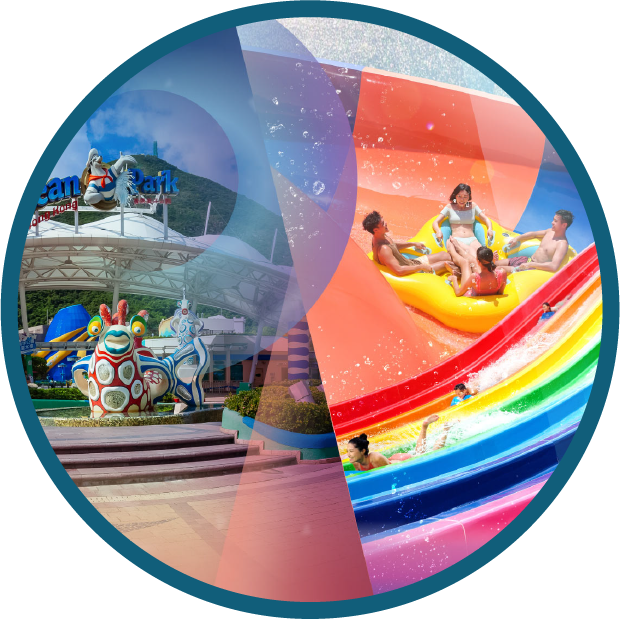
Ocean Park
Ocean Park Hong Kong is a theme park that combines fun, education and conservation, from a world-class aquarium and lovely giant pandas to polar expeditions and exciting thrill rides.

Hong Kong Disneyland
Hong Kong Disneyland with its eight exciting themed lands, more than 100 attractions and entertainment offerings, character-filled parades and three hotels with distinctive themes brings you an unforgettable experience.
Local Delicacies
Apart from traveling and exploring around the city, you may also sit down, take a rest and grab some food. Hong Kong is home to a wide range of famous and delicious delicacies that are unique in Asia and the world. These include dai pai dongs and cha chang tengs, where you can find along the streets. Also, don’t forget to try yum cha at a Chinese restaurant in the morning!
Shopping for Hong Kong Souvenirs
A true one-stop location, the HKTDC Design Gallery prides itself on creating a retail platform for Hong Kong designers and manufacturers, so you’ll find a wide selection of locally designed products by homegrown businesses. Alongside consumer electronics and home appliances, there are also plenty of easy-to-carry and unique items (like houseware, watches, fine jewellery and accessories) that make perfect Hong Kong souvenirs. Highlights include Hong Kong-style milk tea sachets, calligraphy keychains, SEON Hong Kong’s ceramic-looking thermal bottles and umbrellas, and foil postcards and washi tape from ditto ditto, a local letterpress and stationery brand. Shop online or visit a physical store.









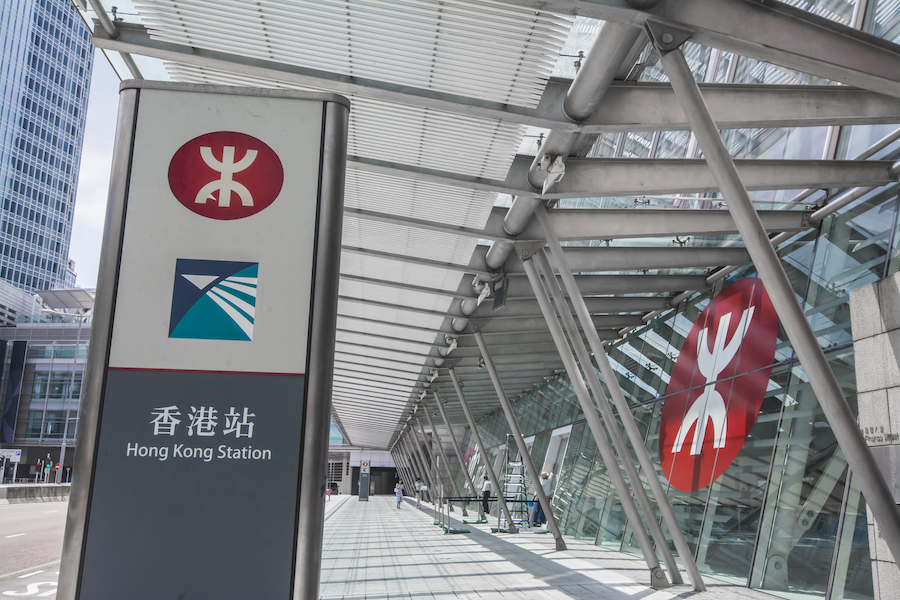


 The standard electrical voltage in Hong Kong is 220 volts AC, 50Hz. The majority of electrical outlets in Hong Kong fit the three-pronged “type G” plug.
The standard electrical voltage in Hong Kong is 220 volts AC, 50Hz. The majority of electrical outlets in Hong Kong fit the three-pronged “type G” plug. 
